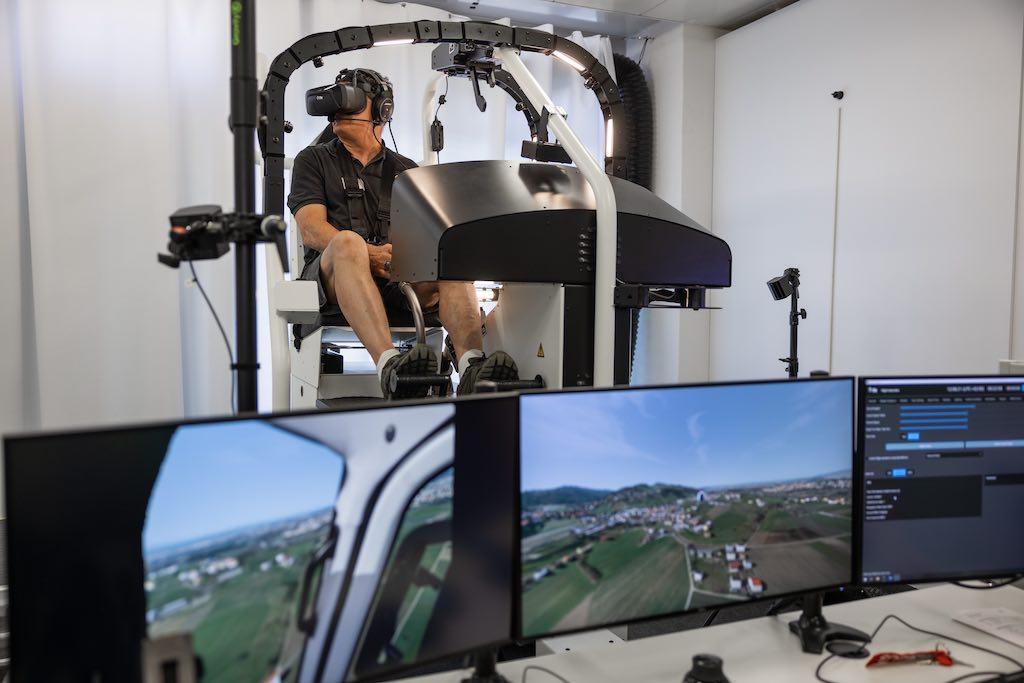
The author had the opportunity to experience Loft's VR training device at the company’s facility in Zürich.
Credit: Simon von Niederhäusern, Loft Dynamics
How does a company on the cusp of innovation find highly skilled technical team members? Fabi Riesen, founder and CEO of Loft Dynamics, says his company’s ability to grow comes from the Swiss apprenticeship system. The Swiss embassy in the U.S. summarizes the educational and training system as “Earn...
Subscription Required
This content requires a subscription to one of the Aviation Week Intelligence Network (AWIN) bundles.
Schedule a demo today to find out how you can access this content and similar content related to your area of the global aviation industry.
Already an AWIN subscriber? Login
Did you know? Aviation Week has won top honors multiple times in the Jesse H. Neal National Business Journalism Awards, the business-to-business media equivalent of the Pulitzer Prizes.





